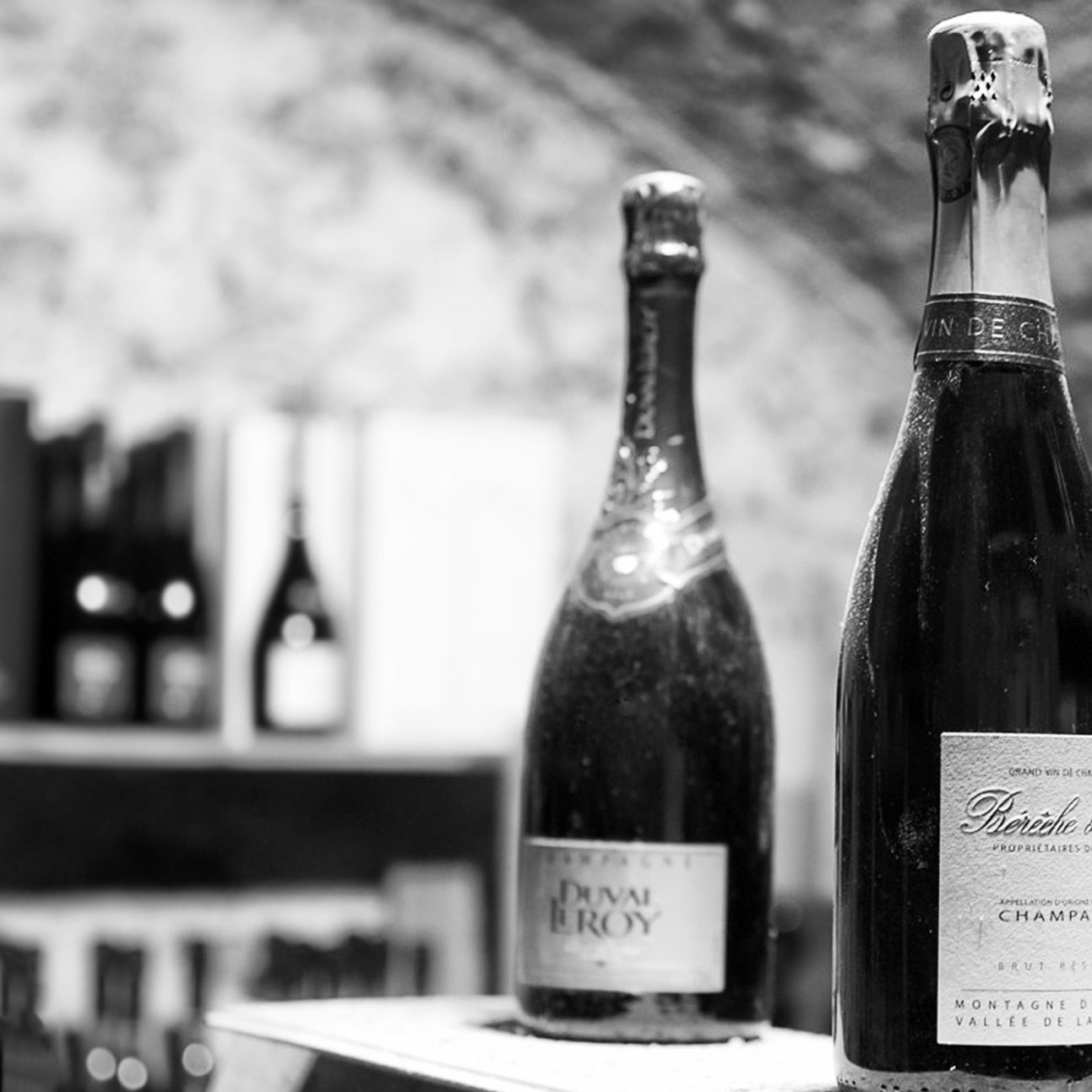Christie’s—the venerable, global auction house—says when buying Champagne, it’s important to understand not only which vintages are great, but also why. In addition to articles and videos, their specialists share the top vintages produced over the past century. It’s a great read and educational in a fun way.
They note that with climate change the Champagne industry is changing rapidly. Sparkling wine production is now possible as far north as southern England, and Champagne itself has seen a string of roller-coaster vintages during the past decade.
“Nevertheless, they say, “a Champagne’s vintage remains one of the most important factors for collectors and lovers of aged Champagne.” Here, their specialists share a selection of outstanding vintages from the past century, as well as why each will uniquely appeal to different buyers’ tastes.

“Winemaking is about doing as little as possible…”
Christie’s specialist Tim Tiptree explains the difference between non-vintage and vintage Champagne, the meaning of a Salon or Blanc de Blancs Champagne, and more.
Here’s a link to a companion article and video I enjoy.

Finally, serving temperature should be a consideration for both those offering and drinking the bubbly. Chilled vintage Champagne often doesn’t reveal its full bouquet. If you’re presented with an ice-cold glass of top Champagne, leave it to warm a little before drinking it.
Christie’s has a universal message that applies to $10 bottles or one that might set you back more than $10,000, “Of course, when opening Champagne, the key is to not hit someone in the eye with the flying cork!”
Here’s to a spectacular 2022, everyone! And as always, if you enjoy my posts, feel free to share them.

Happy New Year, Stephen!